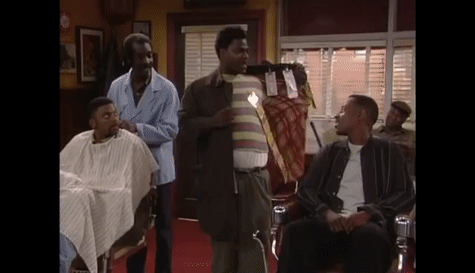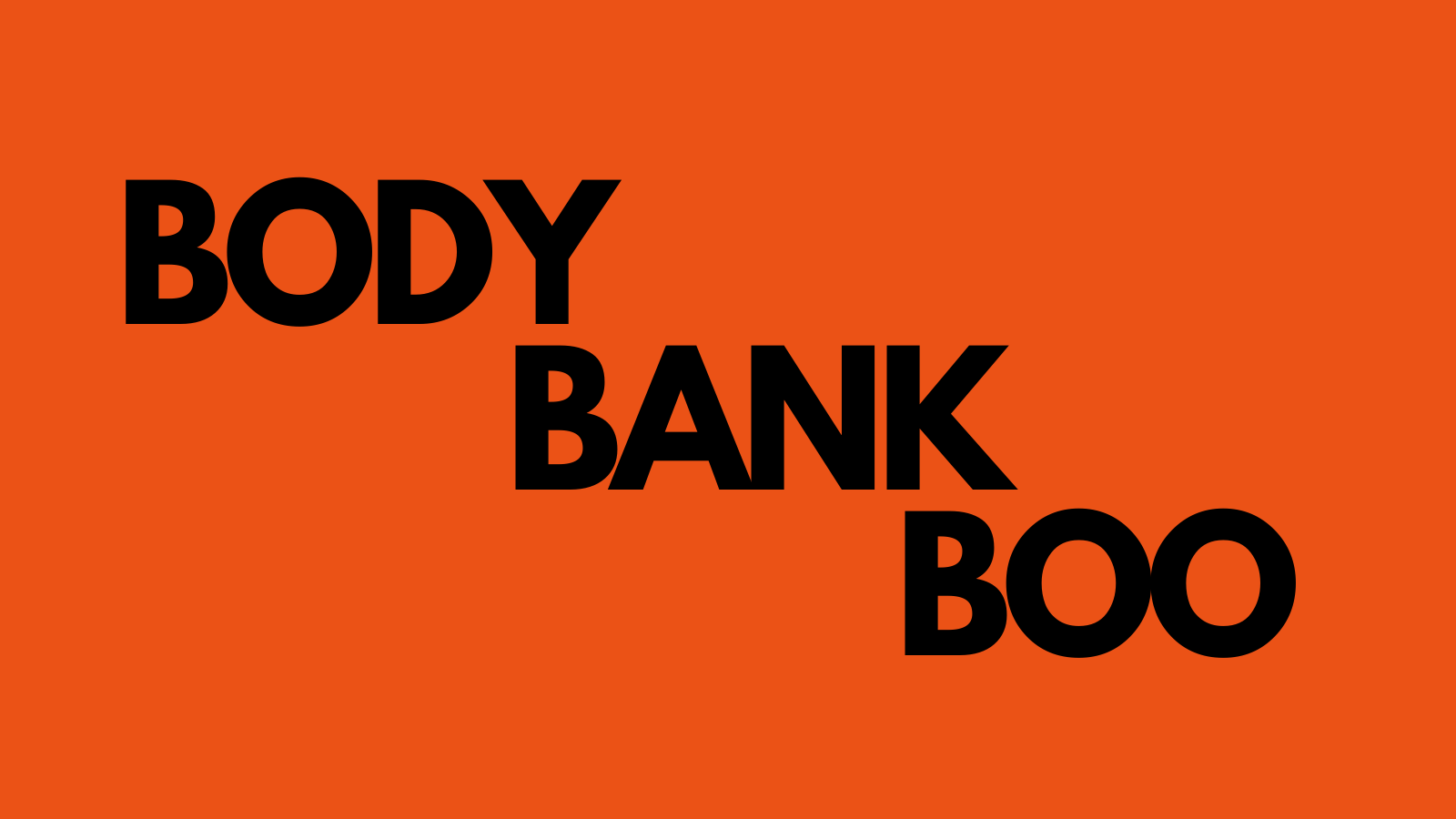Unpopular opinion:
The “Know, Like & Trust” factor in marketing has cost entrepreneurs a bajillion dollars since John Jantsch popularized the concept in 2007.
Literally blocked a bajillion dollars from being deposited in their accounts.
Nobody is telling you this.
But I care about you too much to leave you in the dark.
No matter what your favorite expert says…
People don’t buy because they KNOW you.
Here’s a prime example. Think about all the times you asked your family to support your business. How did those conversations go?
If you’re like most entrepreneurs I know, less than 1% of your business comes from the people who know you best: family and friends.
(Friends you met after starting the business seem to be an exception.)
In most cases, people don’t buy because they LIKE you, either.
Or because they TRUST you.
We make buying decisions based on desire.
We buy what we want.
Knowing, liking and trusting the seller can help. But it plays a supporting role, not the leading role.
Don’t act like you’ve never bought merchandise from a hustle man who you’ve never met and have no reason to trust.
If you have what someone really wants, they’ll talk often themselves into buying regardless of other considerations.
That’s the reason Know-Like-Trust is dangerous.
- You spend an inordinate amount of time, money and energy trying to get “known” rather than creating a desirable offer.
- You postpone making an offer until you feel you’ve built up enough K-L-T first.
Truth is, many of your would-be buyers are bored with you by the time you’re ready to make an offer. - Trust is important. But no one buys something they don’t want just because they trust the person selling it.
If you offer something that improves people’s lives, you don’t have to “earn” the right to sell it to them.
The longer you wait, they longer they’re missing out on the benefits of your offer.
Imagine Moderna (a company you don’t know) and Pfizer (which NO ONE likes and few people trust) waiting to make their vaccines available until they’d crossed some arbitrary Know-Like-Trust threshold…
Doesn’t work like that.
People begged to get those jabs. Stood in line for hours to get them.
Because they desire protection — and getting back to “normal” life.
What does your ideal customer really want? Show them how to get it.
And whoever paints the clearest picture of a specific desirable outcome wins.
P.S. Share this revelation with your business buddies. They need to know the truth too!


